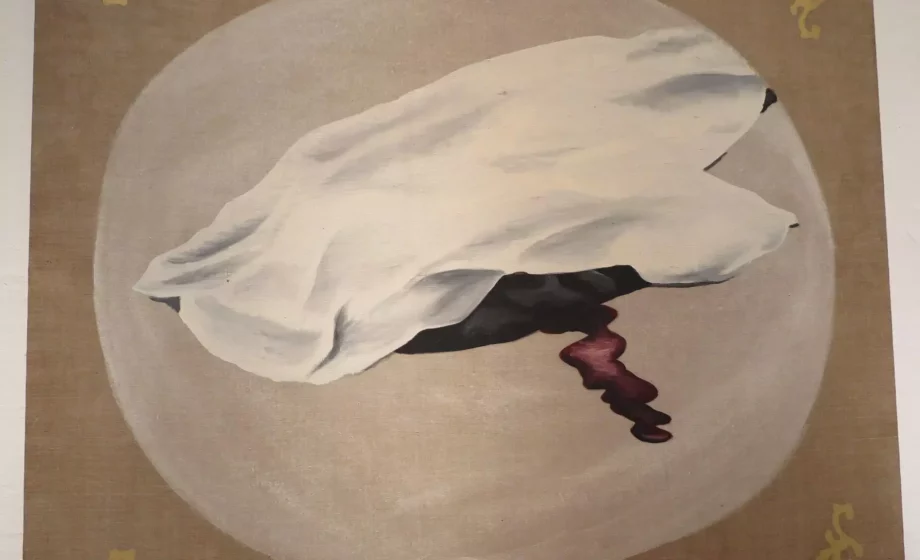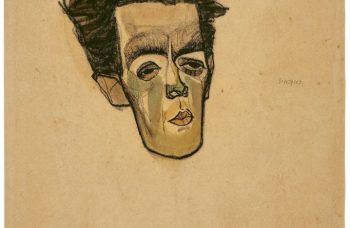As is always the case over the course of war and invasions, Russia has looted much artwork from Ukraine over the last year. Surely much of what was taken will be lost to the nation for some time, perhaps forever, as we’ve only now begun to see so many ancient works finding their way home. But in the meantime, it seems that there are those who want to take measures to ensure that stolen Ukrainian art can avoid such fates, or never enter into ill-gotten pockets to begin with.
One of the current manifestations of this is the recently opened “The Facets of Freedom” exhibition at the Ukrainian Cultural Centre in Paris. Centring around the concept of freedom at large—“whether it be creative, physical, intellectual, sexual or emotional,” states centre director Viktoria Gulenko—the exhibition is a collection of works evacuated from the country. The works date back at least as early as 1970 and include grippingly poignant images like Killed Dream by Kyrylo Protensko, a painting of a sheet of fabric, semi-crumpled with blood trickling out of it.
Another strategy gaining traction with the aim to combat stolen Ukrainian art and preserve the nation’s culture is UNESCO enlisting Ukraine’s neighbours in the fight. Poland, Hungary, Slovakia, Romania, and Moldova all have authorities in workshops with UNESCO in order to better prevent works being taken out of the borders. Poland, which has also led an uphill battle in retrieving its own cultural pieces since its occupation during World War II, serves as a very logical partner in this endeavour.
Apart from the obvious atrocities entailed in Russia’s invasion of Ukraine, the theft of these significant pieces of the nation’s culture overtly go against treaties that both countries signed. The 1954 Hague Convention for the Protection of Cultural Property in the Event of Armed Conflict laid out that there would be absolutely no form of theft of cultural properties in the event of a conflict—but it is perhaps unsurprising that Putin would not honour such an agreement.
While there are no guarantees that stolen Ukrainian art will find its way safely home or how easily works will be evacuated from the country under siege, it is encouraging to see nations banding together to prevent the destruction of a culture. Many things can be rebuilt, replaced, and restored—but the lives of the people lost and the unique expressions of what their lives meant cannot.





